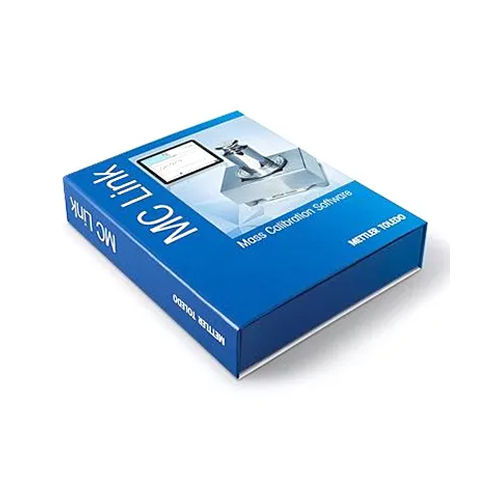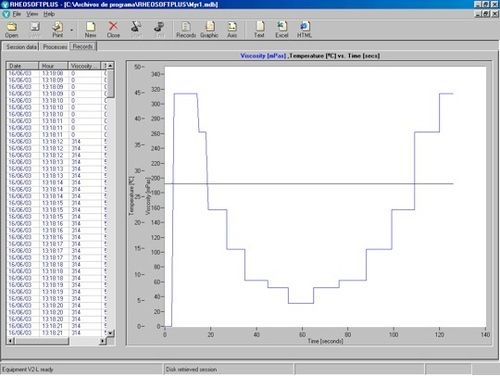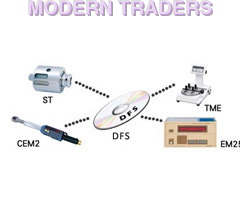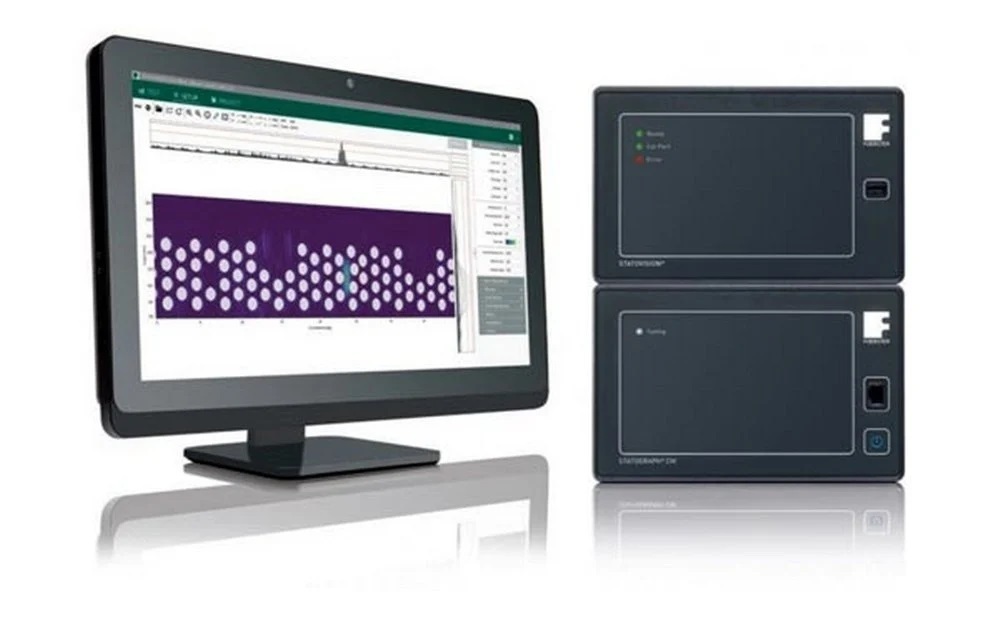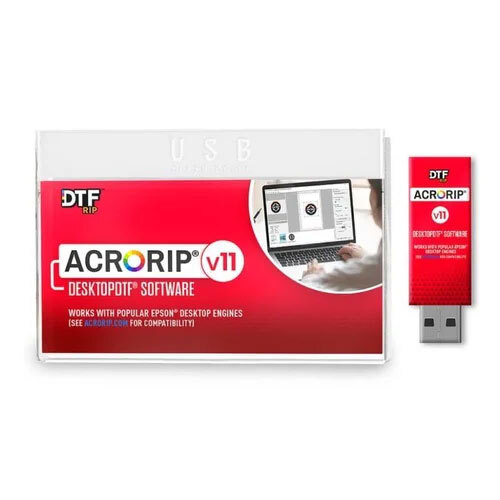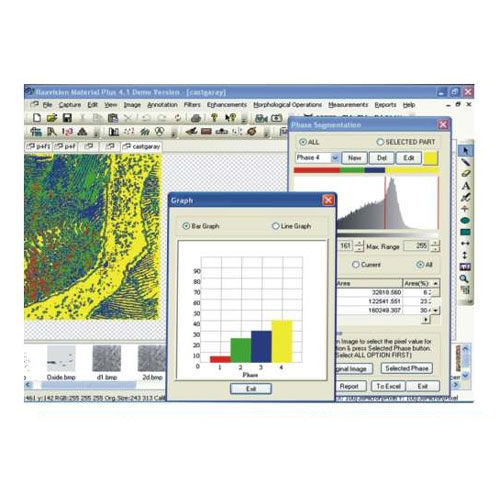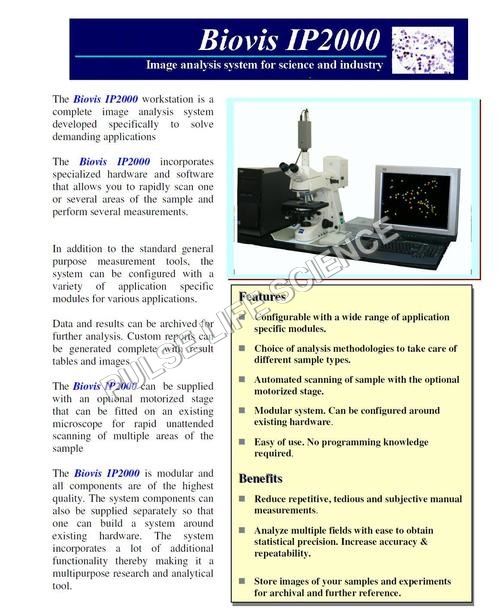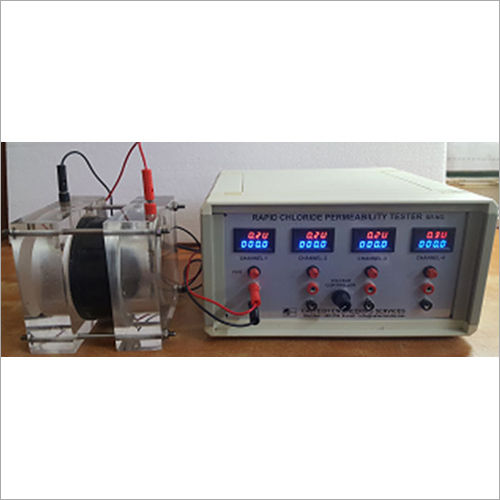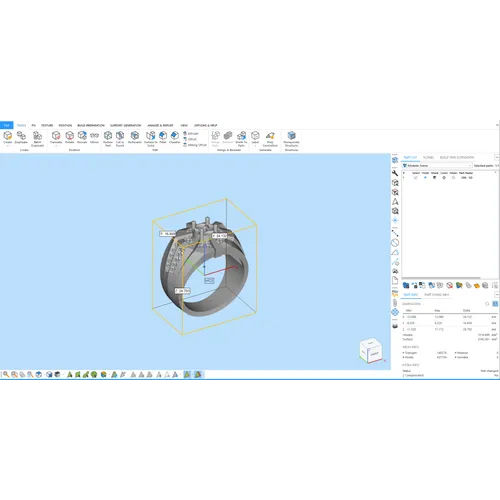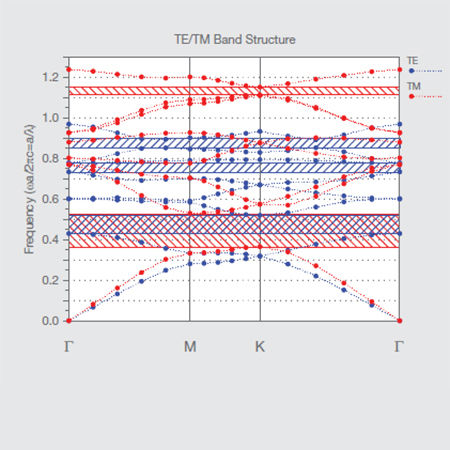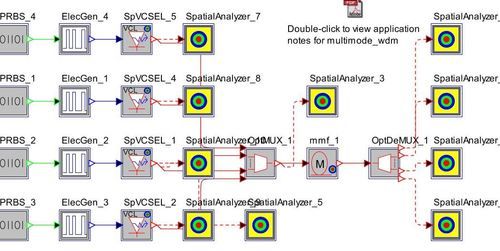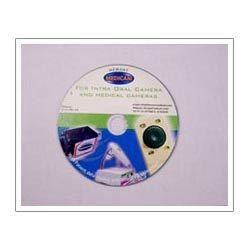
Diffractmod Software
Price:
Get Latest Price
In Stock
Product Specifications
| Software Type | Simulation |
| Analysis Method | RCWA |
| Dimensions | Software-based |
| Simulation Type | 2D/3D |
| Material Support | Multiple |
| Output Data | Spectra, BSDF |
| Usage | Diffractive optics design and simulation; semiconductor manufacturing and wave optics research. |
| Platform Compatibility | Windows, Linux |
| Features | RCWA-based, Fast simulation, Accurate results, Wide application, GPU acceleration, Advanced algorithms |
Product Overview
Key Features
DiffractMOD
DiffractMOD is a design and simulation tool for diffractive optical structures such as diffractive optical elements, subwavelength periodic structures, and photonic bandgap crystals. It is based on the Rigorous Coupled Wave Analysis (RCWA) technique that has been implemented using advanced algorithms including fast Fourier factorization and generalized transmission line formulation. Already a market leader, the tool has extensive applications in a broad range of areas including semiconductor manufacturing and wave optics.
Major Key Features
- Advanced algorithm options are used to improve convergence
- Modal Transmission Line (MTL) framework to ensure that the simulation is unconditionally stable
- Full vector simulations for both 2D and 3D. Additionally, conical incidence is allowed
- An inverse rule is used to improve the convergence of TM fields. For 3D simulation, DiffractMOD can choose appropriate algorithms depending on structures
- Increased performance through multi-threading and GPU acceleration on computers with multiple cores/CPUs and high-end graphics cards
- Account for material dispersion and complex refractive index for metals
- Calculate, display, and output spectra of diffraction efficiency for any diffraction order
- Calculate total reflected power, transmitted power, and absorbed power
- A wide range of analysis and monitoring features to measure common electromagnetic quantities at any position such as field profiles, power flux, energy densities, overlap integrals, far fields, and the Poynting Vector
- Spectrums vs. wavelength, angle and polarization for any diffraction efficiency can easily be computed
- Output common metrology parameters directly
- Calculate BSDF (Bidirectional Scattering Distribution Function) files
- Includes RSoft BSDF User-Defined Optical Property (UDOP), which can be used with Synopsys LightTools software. The UDOP supports polarization, exact diffractive angular data, and support for the full AOl angle range (0-360)
- Simulate the reflection/transmission from an infinite structure for a finite optical beam (i.e., not a plane-wave) using BSDF. Using the Ray-Tracing Interface, these field files can be used with Synopsys CODE V software
Company Details
Focusing on a customer-centric approach, FIBER OPTIC SERVICES has a pan-India presence and caters to a huge consumer base throughout the country. Buy Software in bulk from FIBER OPTIC SERVICES at Trade India quality-assured products.
Business Type
Exporter, Manufacturer, Distributor, Supplier
Employee Count
25
Establishment
1999
Working Days
Monday To Sunday
GST NO
27ACNPJ2326D1ZU
Related Products
More Product From This seller
Seller Details

GST - 27ACNPJ2326D1ZU
Mumbai, Maharashtra
Director
Mr. Parvin H. Joshi
Address
428, Prestige Industrial Estate, Bawadi Lane, Marve Road, Malad(W), Mumbai, Maharashtra, 400064, India
Software in Mumbai
Report incorrect details


